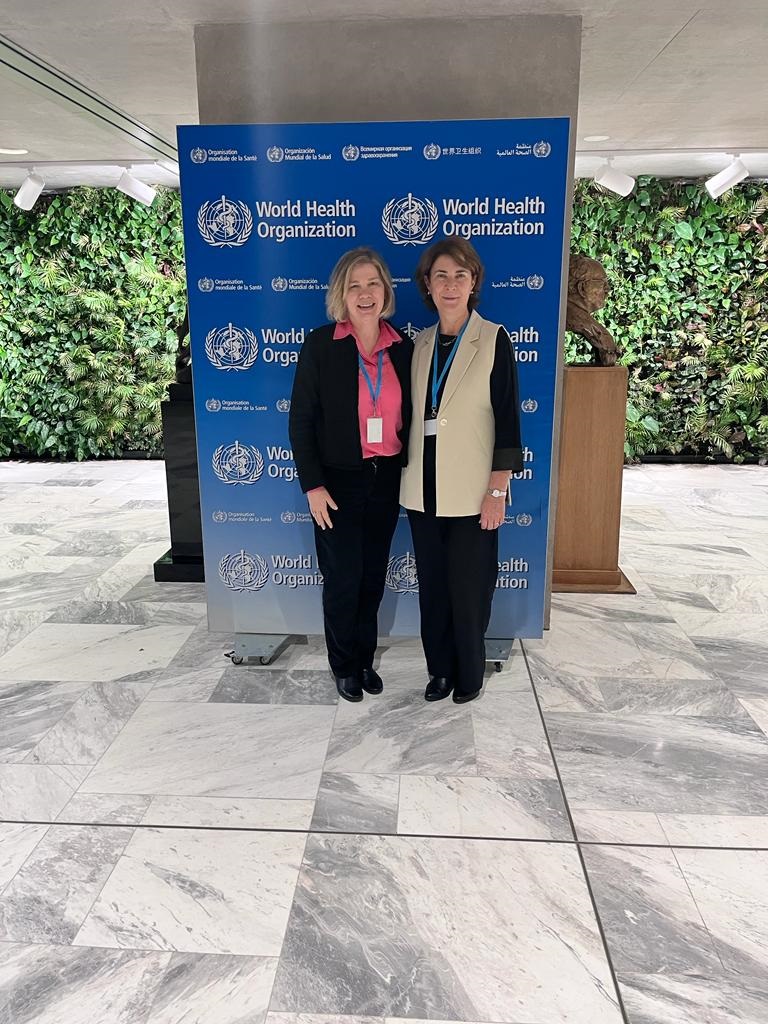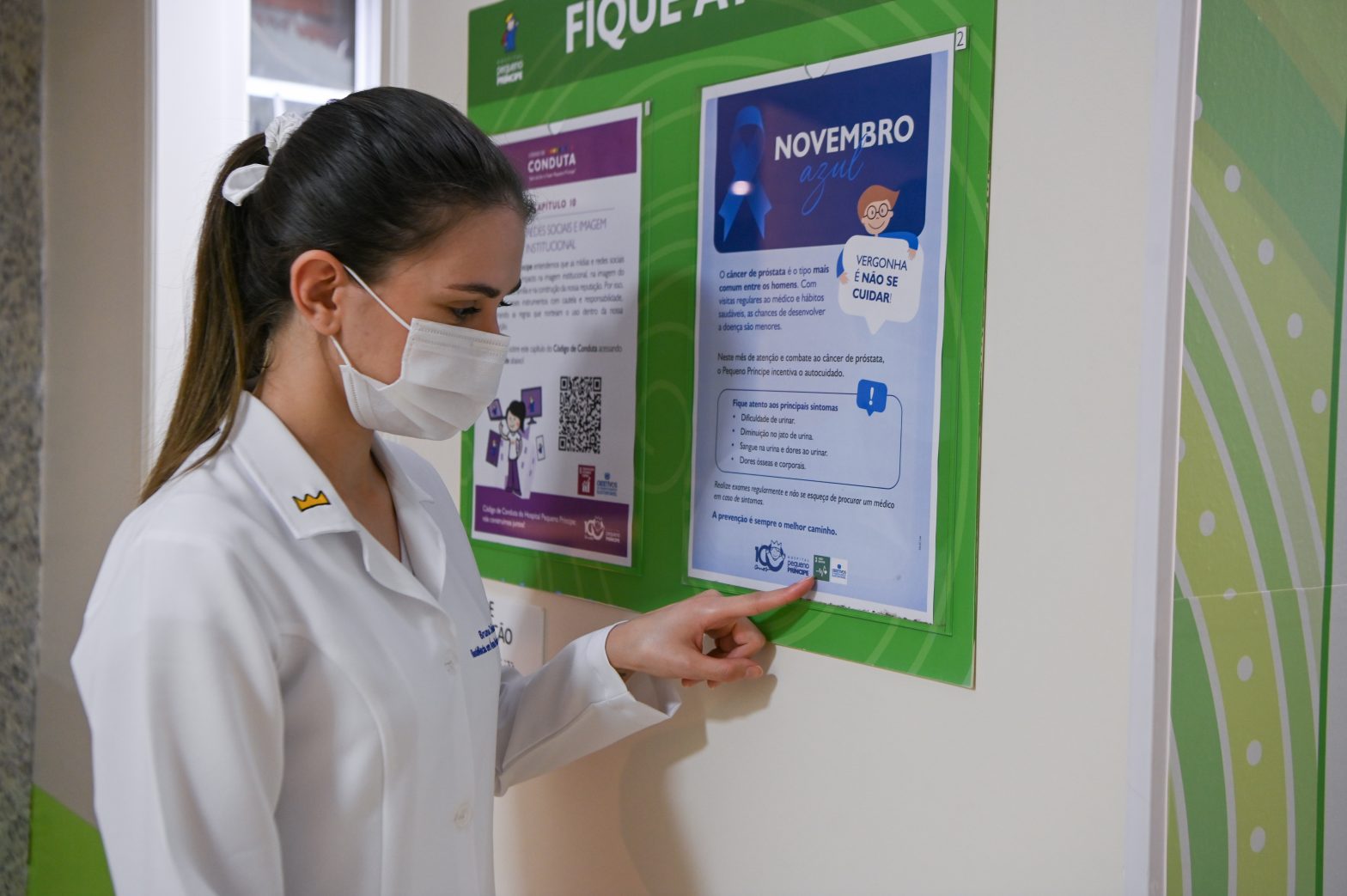Pequeno Príncipe is part of the Global Influenza Hospital Surveillance Network
The only Brazilian hospital to be part of the group, the institution monitors the prevalence of influenza and other respiratory viruses, contributing by sending data to the WHO to define the composition of new flu vaccines

In November, Pequeno Príncipe Hospital participated in the annual meeting of GIHSN, the acronym in English for the Global Influenza Hospital Surveillance Network, held at the World Health Organization (WHO) headquarters, in Geneva, Switzerland. The meeting brought together experts from several countries to share information and recommend strategies to improve the surveillance of respiratory viral agents.
The hospitals that make up this network use the same protocol to monitor the prevalence of respiratory viruses responsible for severe lung infections, which lead to patients needing hospitalization. More than 100 hospitals in 25 countries report this data annually, making up an excellent survey. In the last period alone, more than 4,000 cases of hospitalization due to severe acute respiratory infection were documented.
At the Pequeno Príncipe, this study is led by doctors Sonia Raboni, from the Federal University of Paraná (UFPR, abbreviation in Portuguese), and Heloisa Ihle Garcia Giamberardino, head of the Epidemiology and Hospital Infection Control Service (SECIH, also in Portuguese) at Pequeno Príncipe. Weekly, the Hospital reports cases identified in surveillance to GIHSN. In the last period (from 2022 to 2023), the institution mapped data referring to 470 hospitalized patients, of which 64% were positive for at least one of the 16 respiratory viruses investigated. The identified influenza virus samples (influenza A or B) were sent to the network’s reference laboratory in France for genetic characterization. This information was presented at the annual meeting held at WHO headquarters.
The doctor Sonia comments that this monitoring has the following vital points: knowing the impact of respiratory viruses as a cause of hospitalization in pediatric patients and stimulating scientific research as undergraduate and postgraduate students work in some stages of the study.
Furthermore, according to Heloisa, “These data, added to the surveillance information from national influenza centers, are also used by WHO as a basis to define the strains that will make up the next influenza vaccine for the Southern Hemisphere, as this decision takes into account the most prevalent viruses in the region.”
Also, according to the doctor, “Additionally, this real-time monitoring is important to detect the emergence of a new virus with pandemic potential.”
More
Pelé Pequeno Príncipe Research Institute opens new unit
In addition to the current spaces, the third structure will have seven laboratories and large equipment
Pequeno Príncipe Complex reports to the Global Compact
The Communication and Engagement Report (COE) demonstrates the actions carried out by the institution in favor of the compact’s principles
After the fire in the outpatient clinic, Pequeno Príncipe estimated damage of over US$ 1 million
The Hospital has created a specific donation channel for anyone who wants to contribute to the reconstruction and improvements of the space dedicated to children fighting cancer









